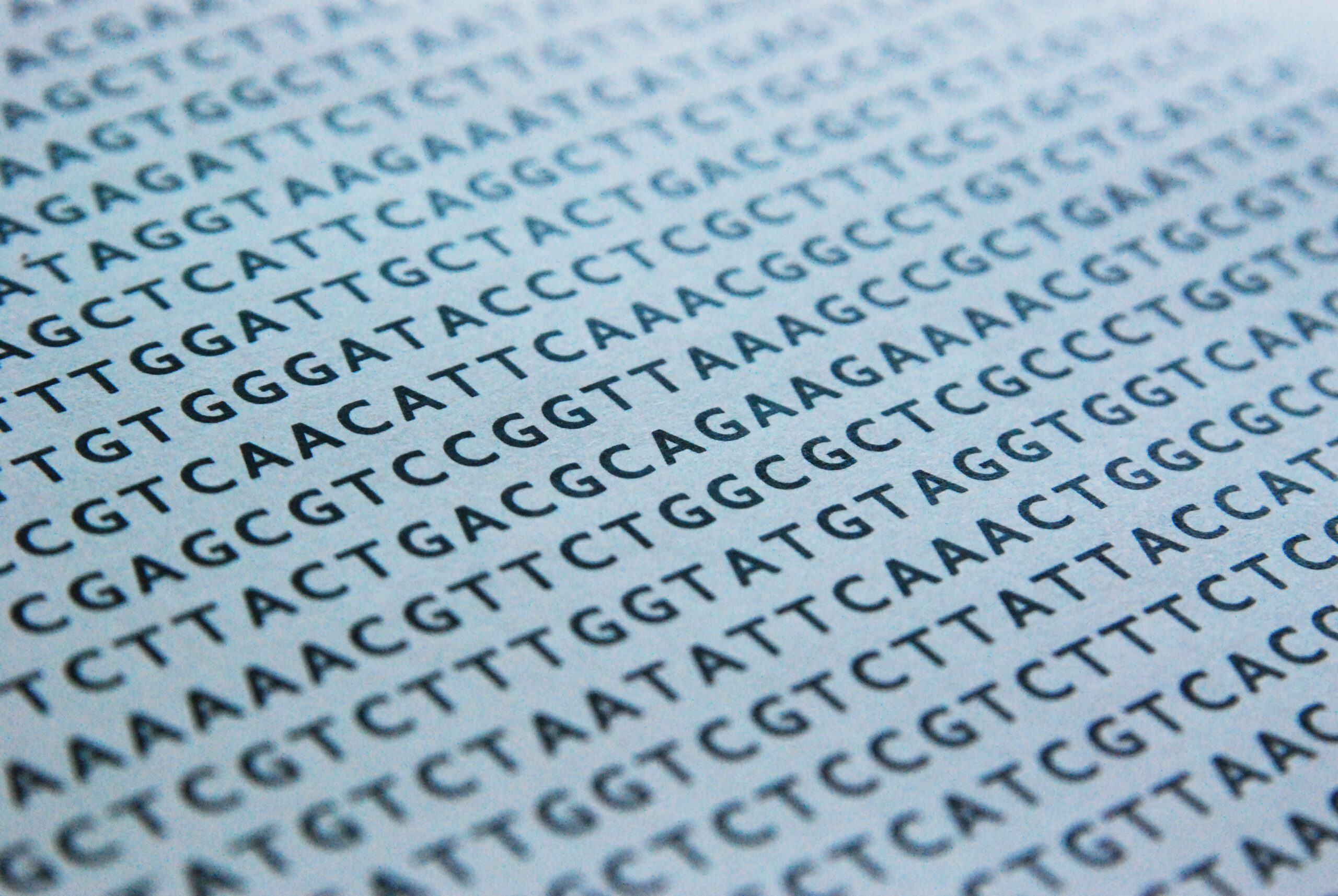Stanford University researchers established the record in collaboration with NVIDIA, Oxford Nanopore Technologies, Google, Baylor College of Medicine, and the University of California, Santa Cruz.
This week, Guinness World Records awarded a Stanford University-led research team the first record for quickest DNA sequencing technology — a benchmark established utilizing a workflow enhanced by AI and accelerated computing.
The DNA sequencing record, which took five hours and two minutes to complete, can allow medics to take a blood sample from a critical-care patient and diagnose a genetic condition the same day. A Guinness World Records adjudicator presented the prize on Wednesday at Stanford University’s Jen-Hsun Huang Engineering Center, named after NVIDIA’s founder and CEO, a Stanford alumnus.
Dr. Euan Ashley, a professor of medicine, genetics, and biomedical data science at Stanford School of Medicine, led the groundbreaking research that resulted in the world record. Stanford, NVIDIA, Oxford Nanopore Technologies, Google, Baylor College of Medicine, and the University of California in Santa Cruz collaborated in the research.
“I think we are in unanimous agreement that this is nothing short of a miracle. This is an achievement that did go down in the history books, and will inspire another five and 10 years of fantastic work in the digital biology revolution, in which genomics is driving at the forefront.”Kimberly Powell, vice president of healthcare at NVIDIA
Incredibly Fast Genome-Based Diagnosis
The researchers reached the record-breaking speed by refining each step of the sequencing process. They generated more than 100 gigabases of data per hour utilizing high-throughput nanopore sequencing using Oxford Nanopore’s PromethION Flow Cells, then expedited base calling and variant calling using NVIDIA GPUs on Google Cloud
“These innovations don’t come from one individual, or even one team. It really takes this group of people coming together to solve these problems.”
Greg Corrado, distinguished scientist at Google Research.
The researchers used the NVIDIA Clara Parabricks computational genomics application platform to speed up every stage, from Oxford Nanopore’s AI base calling through variant calling, where scientists detect the millions of variations in a genome. They employed a GPU-accelerated version of Google and UC Santa Cruz’s Computational Genomics Laboratory’s PEPPER-Margin-DeepVariant pipeline.
“I believe that the innovations that we’ll see in biology and medicine in the coming century are going to depend on this kind of collaboration much more than the siloed R&D centers of the past.”
Greg Corrado, distinguished scientist at Google.
The Technology Provides New Prospects to the Patient Care
It’s not about breaking world records when it comes to ultra-rapid genomic sequencing. Cutting the time it takes for a genetic diagnosis from a few weeks to just a few hours might provide doctors with the knowledge they need to treat critical care patients in a hurry.
More hospitals and research institutes will be able to employ whole genome sequencing as a vital tool for patient care as the technology improves.
“Genomics is still at the beginning — it’s not the standard of care. I believe we can help make it part of the standard by reducing the cost and the complexity and democratizing it.”
Kimberly Powell, vice president of healthcare at NVIDIA.
The team is already looking at methods to cut the DNA sequencing time faster than the current five-hour record.
“There’s one promise we will make. We will smash this record very quickly in collaboration with Euan and his team, and NVIDIA and Google.”
Gordon Sanghera, CEO of Oxford Nanopore Technologies.
Story Source: https://blogs.nvidia.com/blog/2022/02/18/guinness-world-record-fastest-dna-sequencing/
Dr. Tamanna Anwar is a Scientist and Co-founder of the Centre of Bioinformatics Research and Technology (CBIRT). She is a passionate bioinformatics scientist and a visionary entrepreneur. Dr. Tamanna has worked as a Young Scientist at Jawaharlal Nehru University, New Delhi. She has also worked as a Postdoctoral Fellow at the University of Saskatchewan, Canada. She has several scientific research publications in high-impact research journals. Her latest endeavor is the development of a platform that acts as a one-stop solution for all bioinformatics related information as well as developing a bioinformatics news portal to report cutting-edge bioinformatics breakthroughs.












